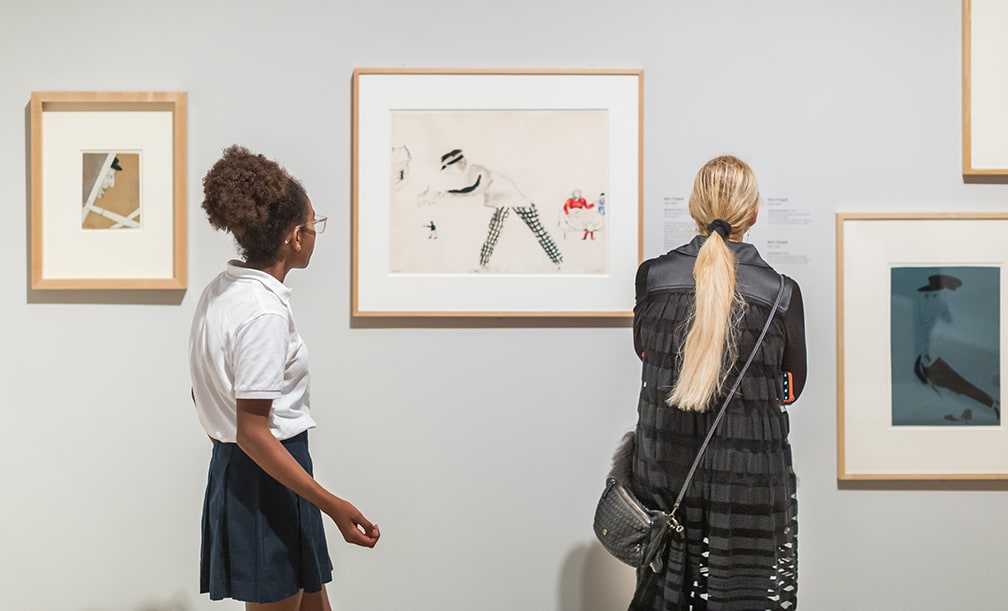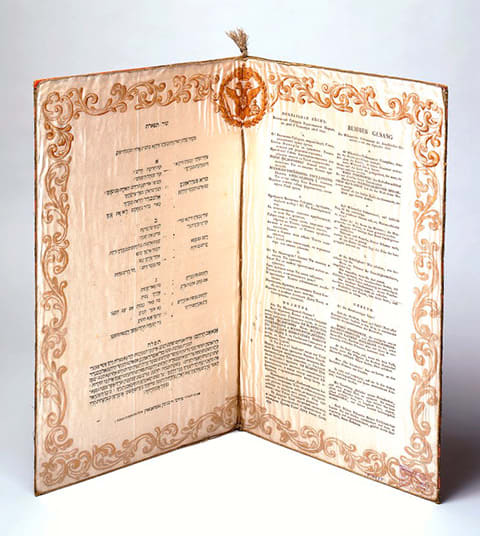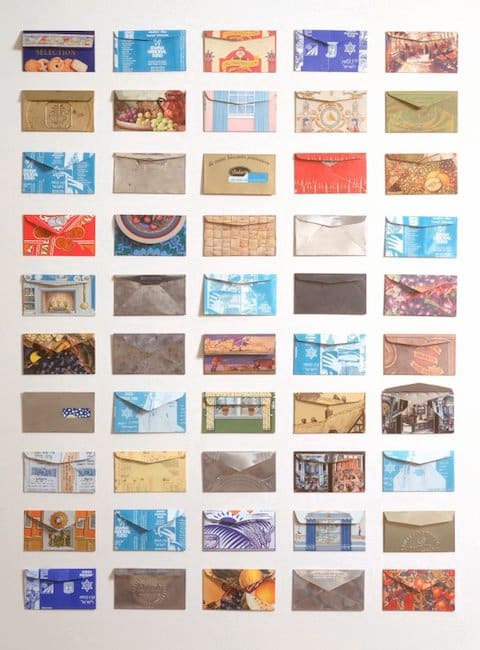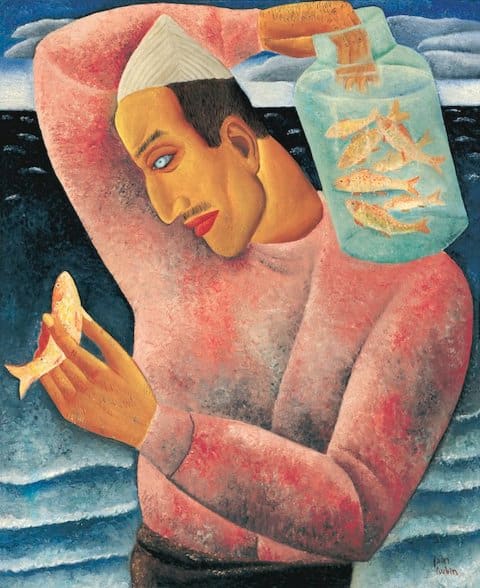English Language Arts
The Art of Maurice Sendak

Maurice Sendak (American, 1928 – 2012), final illustration for “and made him king of the wild things” from Where The Wild Things Are, 1963, watercolor on paper. From the Maurice Sendak Collection at the Rosenbach Museum & Library, Philadelphia
Explore the work of renowned children's book author and illustrator, Maurice Sendak—subject of the 2005 Jewish Museum exhibition, Wild Things: The Art of Maurice Sendak. In addition to examining Sendak’s best-known works, Where the Wild Things Are and In the Night Kitchen, students will consider Sendak’s influences from pop culture, his childhood in Brooklyn, and Eastern European folklore.








.jpg)
.jpg)

.jpg)










.jpg)

.jpg)
.jpg)

.jpg)














.jpg)

